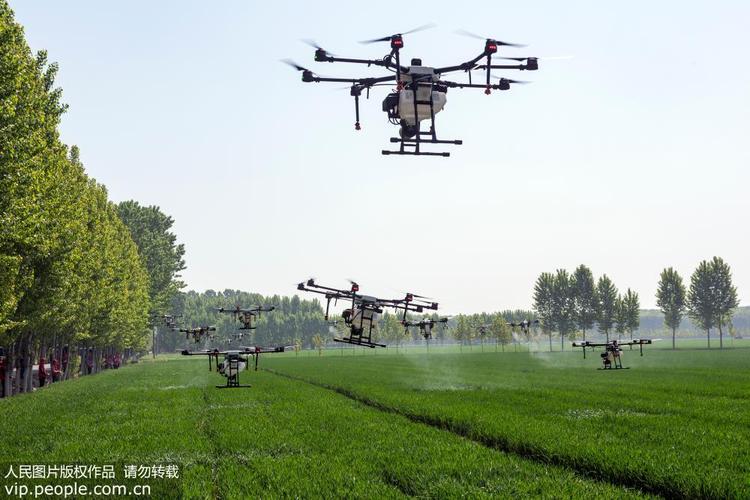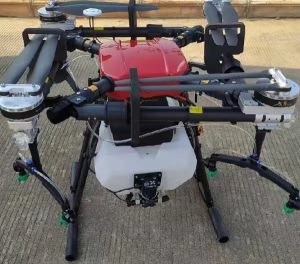As the adoption of unmanned aerial vehicles (UAVs) in agriculture continues to grow, it is essential to examine the evolving regulatory landscape surrounding drone-based crop protection. Governments and regulatory bodies worldwide are working to establish guidelines and rules to ensure the safe and responsible use of drones in agriculture.
One of the primary concerns in drone-based crop protection is the use of chemicals. Many countries have established regulations governing the application of pesticides and fertilizers via UAVs. These regulations typically require certification and training for drone operators, as well as strict adherence to dosage and application guidelines to prevent overuse and environmental contamination.
Another critical aspect of regulation is airspace management. Drones share airspace with manned aircraft, and safety is paramount. Authorities are developing rules to define flight altitudes, no-fly zones, and the integration of drones into existing air traffic control systems to prevent collisions and ensure public safety.
Privacy is also a concern, as drones can capture high-resolution images and data from farms. Regulations related to data collection and storage are being developed to protect farmers’ and landowners’ privacy rights.
Furthermore, governments are promoting research and development in drone technology for agriculture by offering incentives, grants, and subsidies to farmers and organizations willing to adopt drone-based crop protection practices. These incentives aim to accelerate the adoption of sustainable and efficient farming methods.
In conclusion, the regulatory landscape of drone-based crop protection is evolving rapidly to address safety, environmental, and privacy concerns. As the use of drones in agriculture becomes more widespread, it is crucial for stakeholders to stay informed about and comply with these regulations to ensure responsible and effective use of this transformative technology.







Please sign in to comment
register